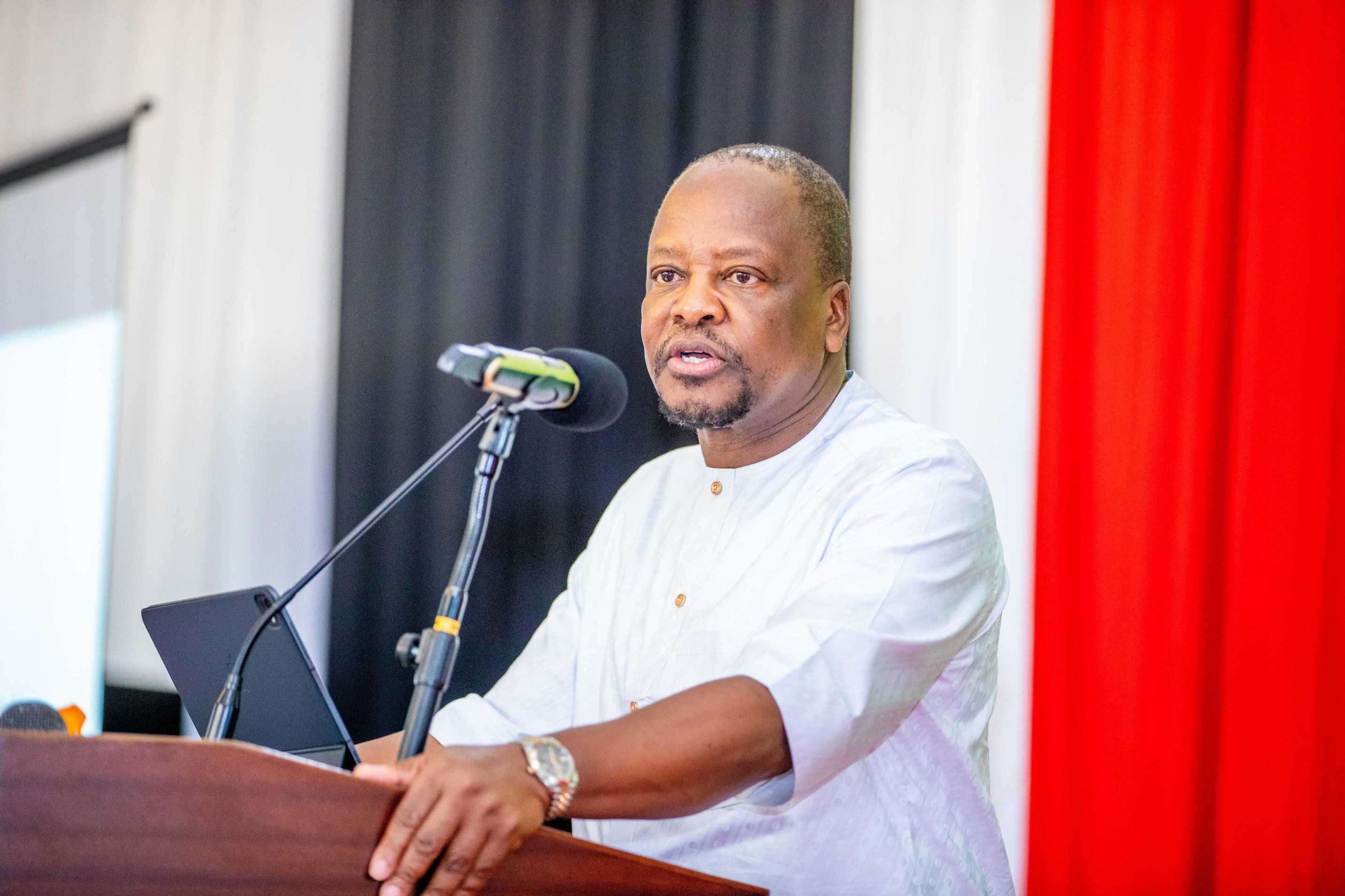Twenty-four governors from arid and semi-arid land (ASAL) counties have pledged to work with the national government to transform Kenya’s livestock sector into a driver of food security, rural livelihoods, and economic growth.
The commitment was made during a livestock sector review meeting in Mombasa on September 23, 2025. The meeting was convened by the Ministry of Agriculture and Livestock Development in collaboration with ASAL county governments.
Agriculture and Livestock Development Cabinet Secretary Mutahi Kagwe urged the counties to align their interventions with national programmes aimed at unlocking the full potential of the livestock economy.
The ministry has identified priority measures including rangeland restoration, sustainable feed supply, routine vaccination, animal identification and traceability, and targeted breed improvement.
“It is the ministry’s policy that the entire production process in the sector is focused on the market requirements,” Kagwe said.
“This will be achieved through effective disease control, expanding financial access for livestock farmers, building strong producer organizations, organized marketing for livestock and livestock products to enable access to the lucrative livestock markets,” he added
He explained that under the Agricultural Sector Transformation and Growth Strategy (ASTGS) 2019–2029, the government is working to raise smallholder and pastoralist incomes, boost production, promote value addition and digitise agricultural systems.
To enhance accuracy in planning and investments, the Ministry of Agriculture is updating livestock data through the Kenya Livestock Master Plan and the Kenya Integrated Agricultural Management Information System.
“With a growing population projected and increasing urbanization, the demand for animal-source foods is expected to rise significantly,” said the CS, adding that the ASAL counties are home to over 70 percent of Kenya’s livestock population and are the backbone of traditional meat production.
Council of Governors chairperson and Wajir Governor Ahmed Abdullahi called for coordinated action, warning that fragmented investments by multiple actors risk undermining progress.
“Central to this conversation is doing away with mini-investments by multiple actors that do not know what the other is doing,” Abdullahi said.
“We must invest in infrastructure for value addition. Facilities like the Isiolo abattoir and the Wajir and Garissa transport hubs are assets that can anchor regional meat and livestock exports, but they must be fully operational and co-financed by counties and private investors.” The governor added.
Abdullahi further stressed the importance of modern veterinary services, animal traceability systems, and harmonised disease surveillance to access premium export markets.
Garissa Governor and Chair of the ASAL and Disaster Risk Management Committee, Nathif Jama, said counties will consolidate their priorities into a comprehensive livestock blueprint to be presented to the Cabinet Secretary for onward submission to the President.
According to sector data, livestock contributes about 12 per cent to Kenya’s national GDP and 40 per cent of agricultural GDP, employing nearly half of the agricultural labour force.
In 2023, the value of livestock production and related products stood at Sh190.5 billion, while meat alone accounted for Sh304.6 billion.
Projections by industry experts suggest the sector’s share of GDP could rise to 20 per cent with adequate investment, while the leather industry, currently valued at about Sh1.5 billion, has the potential to expand into a Sh120 billion market
Other governors at the meeting included Mutahi Kahiga (Nyeri), Abdulswamad Nassir (Mombasa), Muthomi Njuki (Tharaka Nithi), Andrew Mwadime (Taita Taveta), Simon Kachapin (West Pokot), Joshua Irungu (Laikipia), and Benjamin Cheboi (Baringo).
Deputy governors from Meru, Makueni, Tana River, Embu, and Lamu also attended, alongside Livestock Principal Secretary Jonathan Mueke, Council of Governors officials, and county agriculture executives from 24 counties.
